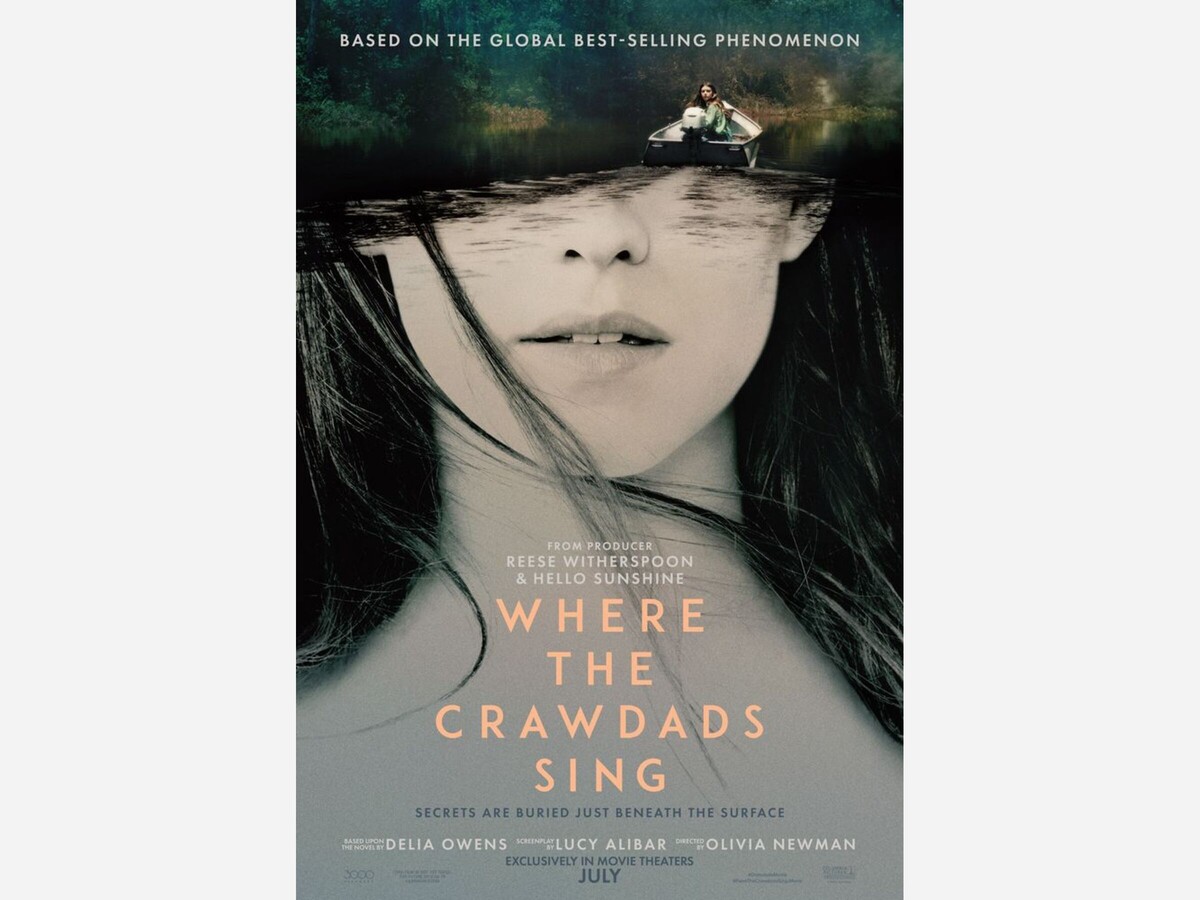Image

A writer should strive to get the small factual details right when writing about a legal investigation. For example, when writing a scene set in 1969, a police officer should not be citing the “plain view” doctrine (the legal doctrine saying that a police officer has the right to search a property if there is evidence of a crime in plain view, even if it is within the house and they do not have a search warrant) because said principle was not established until 1971 with the case Coolidge v. New Hampshire. This specific example comes from Where The Crawdads Sing, and, while it may seem nitpicky, is indicative of the larger problems with the film, namely that it is sloppy and lazy in many of the same ways Morbius, The Contractor, and Moonfall have been earlier this year.
Set between the 1950s and 1960s in North Carolina (although pretty obviously shot in Louisiana), Where The Crawdads Sing follows Kya (Daisy Edgar-Jones), a young woman abandoned by her family to live in the marshes, who is accused of murder after a man she was previously involved with is found dead with very little explanation as to who did it or if it was even a murder. As the trial unfolds, the audience sees her conflicted past family life and relationships played out in an attempt to show a possible motive in the possible murder.
The first of many problems that the film hits is that the jumping timelines (flashing back and forward between the murder and the trial and Kya’s past) does not benefit the story. The flash back sequences are overlong and meandering. The antagonistic portrayal of some characters border on cartoonish levels of evil. For example, when the audience is first introduced to Kya’s father, it is in the middle of an idyllic family moment where he runs outside while drunk and proceeds to violently assault Kya, her two sisters, her brother, and her mother. From then on, all the morality is very black-and-white, not that a sexual assault needs a gray area exploration of morality, but even things that could have a gray area to them are not given that opportunity. This could be chalked up to Kya’s time living in the marsh and not socializing or developing social skills, but this is inconsistent across the entire film where her savviness in business and in social situations varies based on what the scene demands.
There is also an issue with race that the film addresses very poorly. The movie takes place between 1954 and 1969, during which the ruling in Brown V. The Board of Education which integrated schools was just issued, the Civil Rights Act was passed, and Loving V. Virginia was issued which legalized interracial marriage. The point is, there are plenty of ways that the narrative could have handled Kya’s story besides having to spend a considerable amount of the runtime explaining (unsuccessfully) why Kya is dealing with systemic issues within the town that lead to her being unliked by basically everyone. Couple that with the fact that one of the only two non-white characters with a speaking role in the movie is a guy named “Jumpin” and every person of color in the movie is portrayed as subservient in someway to their white counterparts is laughable. If Kya was black and an interracial relationship was at the core at this movie, it would work substantially better. It wouldn’t solve all the issues with portrayals of nonwhite characters, but it would certainly help the situation.
This film is a series of plot contrivances, clichés, and other redundancies that make this film a chore to watch almost out of the gate. This review does not even address the massive issues to be had with the third act and the resolution of the plot, as well as the poorly handled falling action of the movie, all of which is incredibly rushed and at odds with the first hour and a half of the runtime. That said, Lifetime still puts out original movies and they do have their audience. Independence Day is just a big budget SyFy original movie in the same way Where The Crawdads Sing
is a big budget Lifetime original movie. That said, if you are looking to fidelity to history, or a well-crafted story, this movie should not be seen.
Final Rating: 4/10